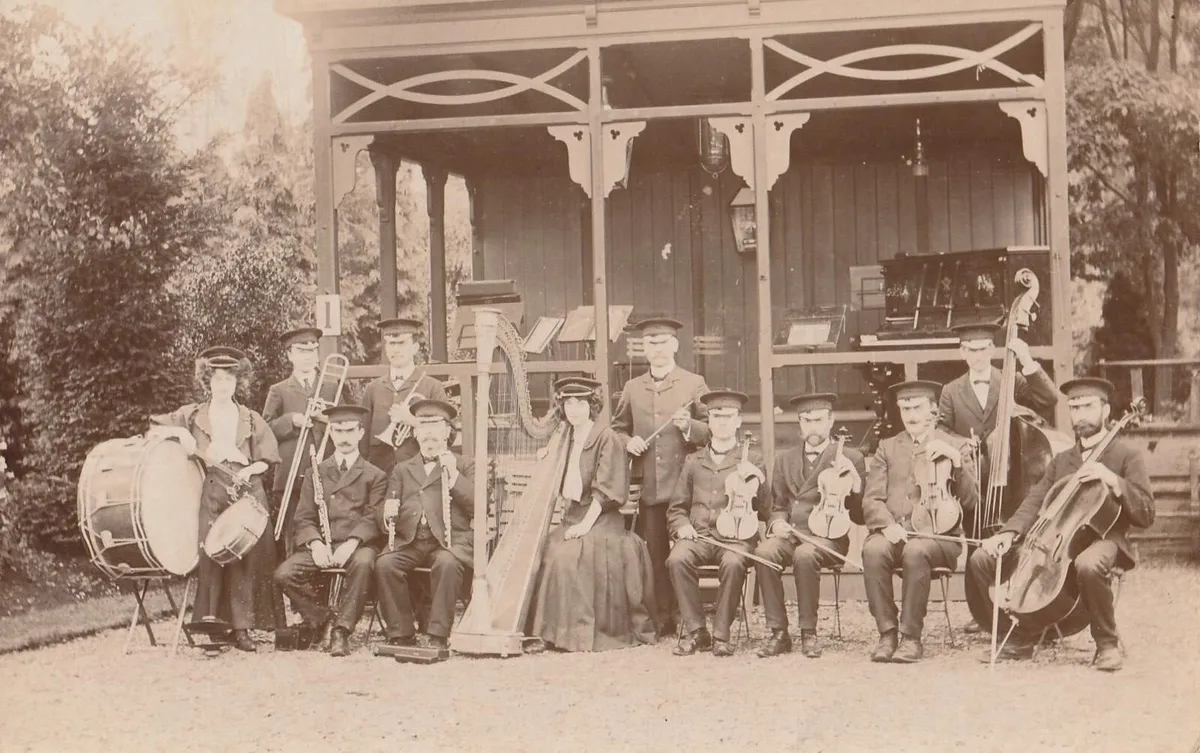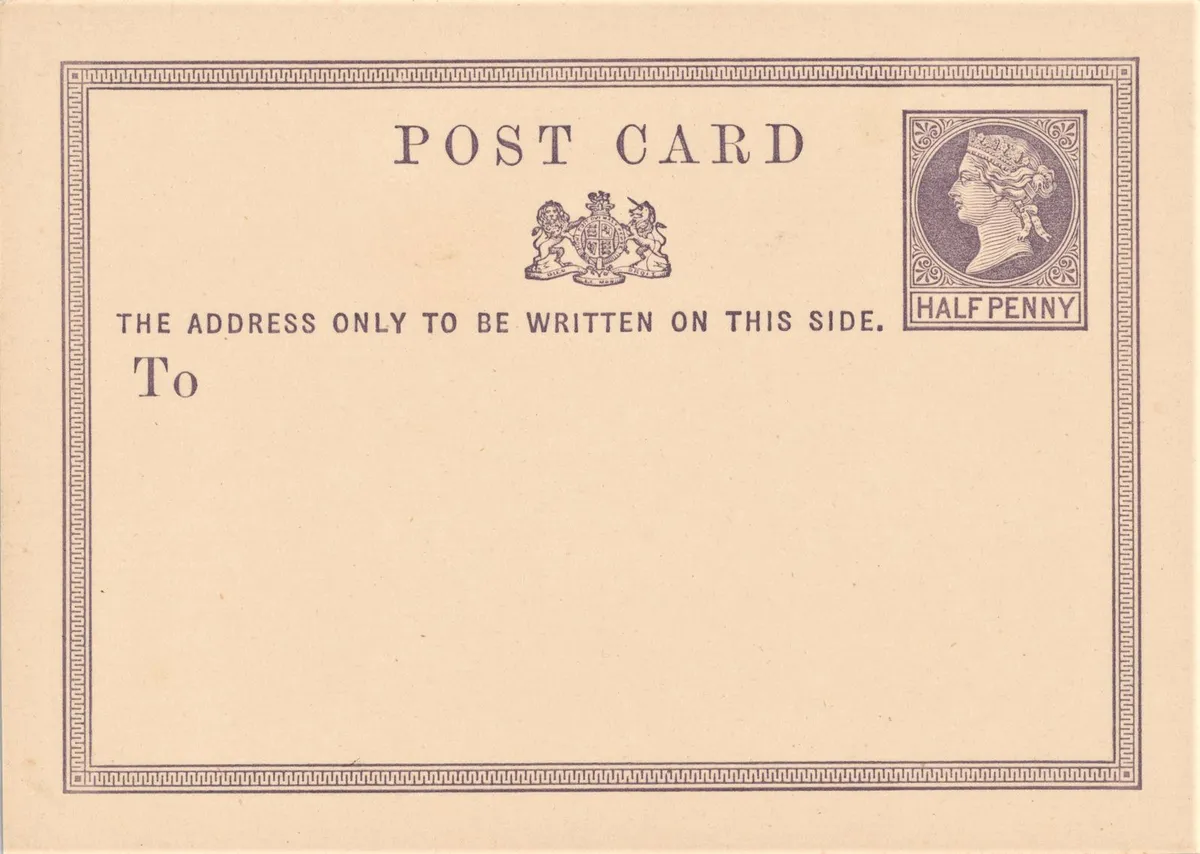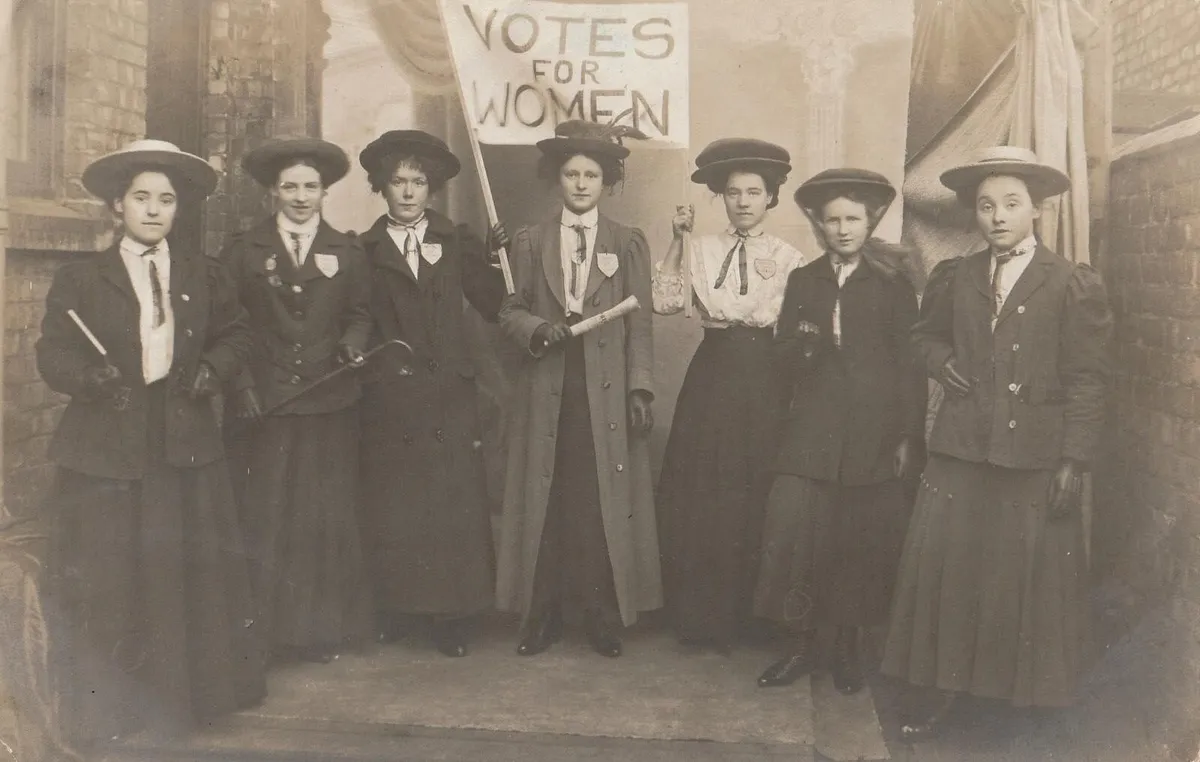'Wish you were here?’ We tend to think postcards go hand in hand with a traditional seaside holiday, along with fish and chips, sandcastles, and disappointing weather. But Georgina Tomlinson, a deputy curator at London’s Postal Museum, explains that in their early days, postcards were used more like emails or text messages: ‘When we go back to the first postcards, they were very plain, with a pre-printed stamp. They were designed to be a functional communication tool – and very quick and cheap to send at half the price of a standard letter. In the late 1800s and early 1900s, postal collections and deliveries were so frequent, especially in central London, you could send a postcard in the morning and it would arrive the same day.’

The first stamp in the world was issued in England in 1840, but postcards actually originated in Austria-Hungary; the earliest British postcards were produced in 1870. The British Post Office accepted picture postcards at the halfpenny rate in 1894, but one whole side was still left free for the address – any message had to be squeezed around the image.

It wasn’t until 1902 that the divided back cards we’re more familiar with today were approved for use. Anyone could potentially read the message on a postcard, so some senders resorted to code, like Morse or mirror-writing. ‘There was also a language of stamps – the angle at which the stamp was stuck said something specific, like “I love you” – but as this seems to have been quite widely known, it wasn’t really very secret,’ laughs Georgina.
You might also like collecting antique photographs
Huge numbers of postcards were sent in the early years of the 20th century– up to 900 million every year. We have accurate figures, as the Post Office had a special postcard rate, until it was replaced with the first and second class system in 1968. Savvy postcard publishers devised ways of boosting sales even further by encouraging a collecting craze, says Georgina: ‘The company Raphael Tuck & Sons ran competitions to see who could collect the most postcards. They were also numbered and produced in series, the idea being that you’d try to assemble them all.’ And when holidays on the coast became popular with the masses, publishers seized the opportunity to produce cards depicting bustling promenades and sunny beaches.
During the First World War, soldiers at the front were given free postage, and encouraged to write home as a way of boosting morale. Georgina describes how the messages could be far from poetic: ‘They might just scribble something like “Still going strong” – but imagine how much that meant to a mother back home.’
There’s something so moving about a postcard, she thinks: ‘When you hold an old card in your hand, it can be a very emotive and tangible link with the past. It’s been handled by two people connected in some way. The way people wrote to each other helps us see into the ordinary, everyday lives of people who often get left out of history. The messages can be so simple, but the character of the people writing them really comes across. We hear the voices of people as they really were, and not a romanticised version.’
It’s these insights into social history that make postcards so appealing, agrees Ken Payne, an expert valuer at 1818 Auctioneers in Cumbria: ‘At auction, the most valuable postcards show us how people really used to live and work. They’re pictures of lost worlds. Topographical cards from the early 1900s achieve the highest prices at auction, especially when they’re showing vehicles, people, events like parades and fairs, even accidents like tram crashes, train crashes, and mill fires. Black-and white images of country scenes don’t appeal in the same way.’
You might also like a beginners guide to buying at auction
In June 2021, 1818 Auctioneers sold a large collection of postcards of Barrow-in-Furness photographed around the turn of the century, depicting ships, dockyards, airships, even fires in factories, which made £12,000. In the same sale, a very unusual set of postcards from Singapore and Penang in the early 1900s went for £7,000.

Although really rare collections of topographical cards can make thousands at auction, individual postcards, or even a bundle, sell at postcard fairs or online for just a few pounds, making this one of the most accessible areas of collecting. There are many themes on which a collection could be focused – old shopfronts, scenes from Skegness, Suffragettes... or perhaps you’ll be intrigued by the messages. As Georgina puts it, ‘With postcards, there’s beauty on both sides.’


